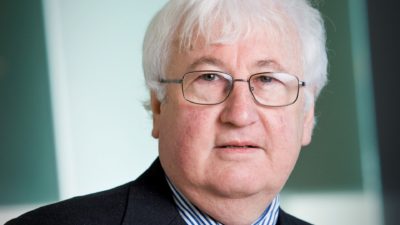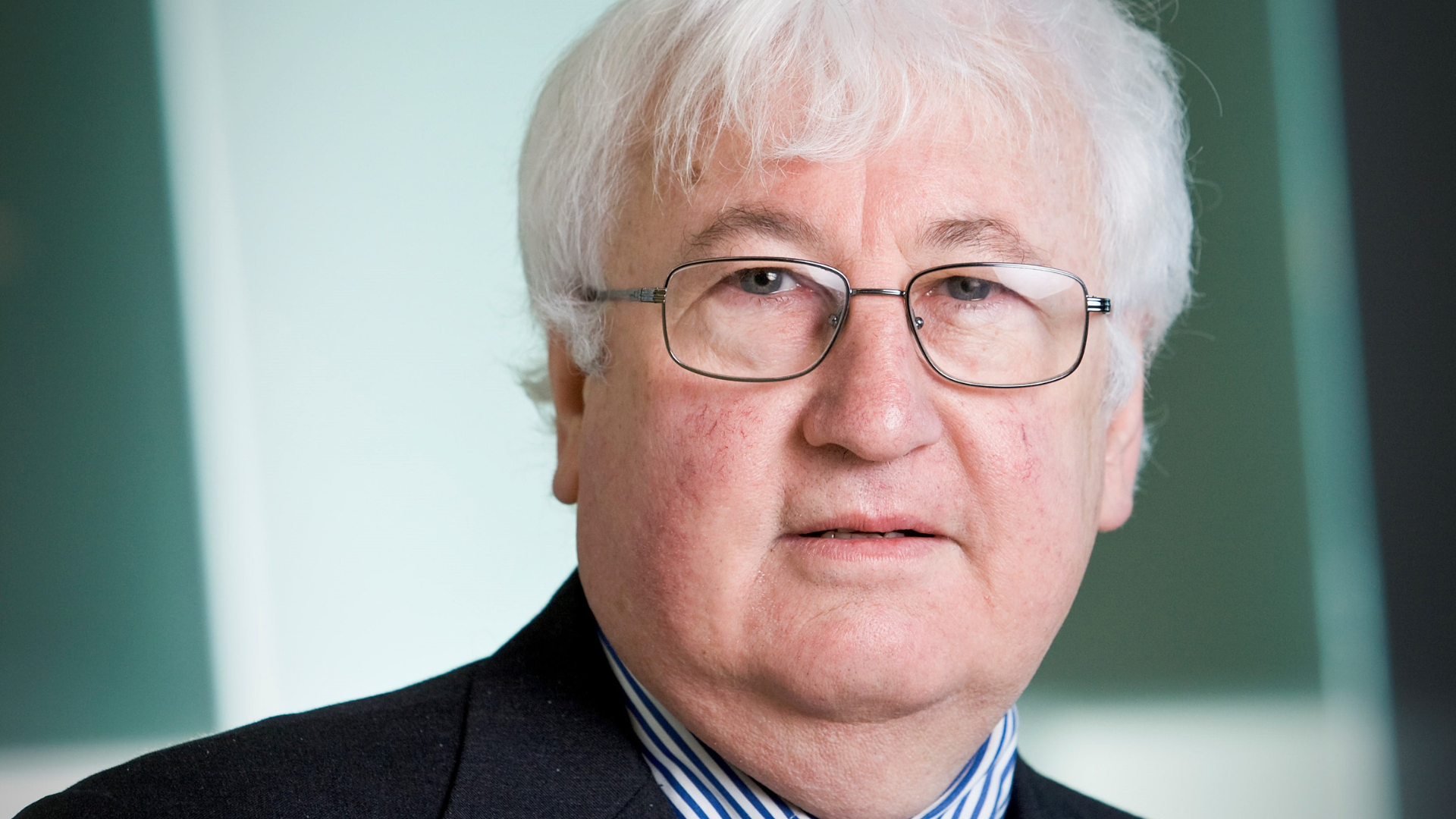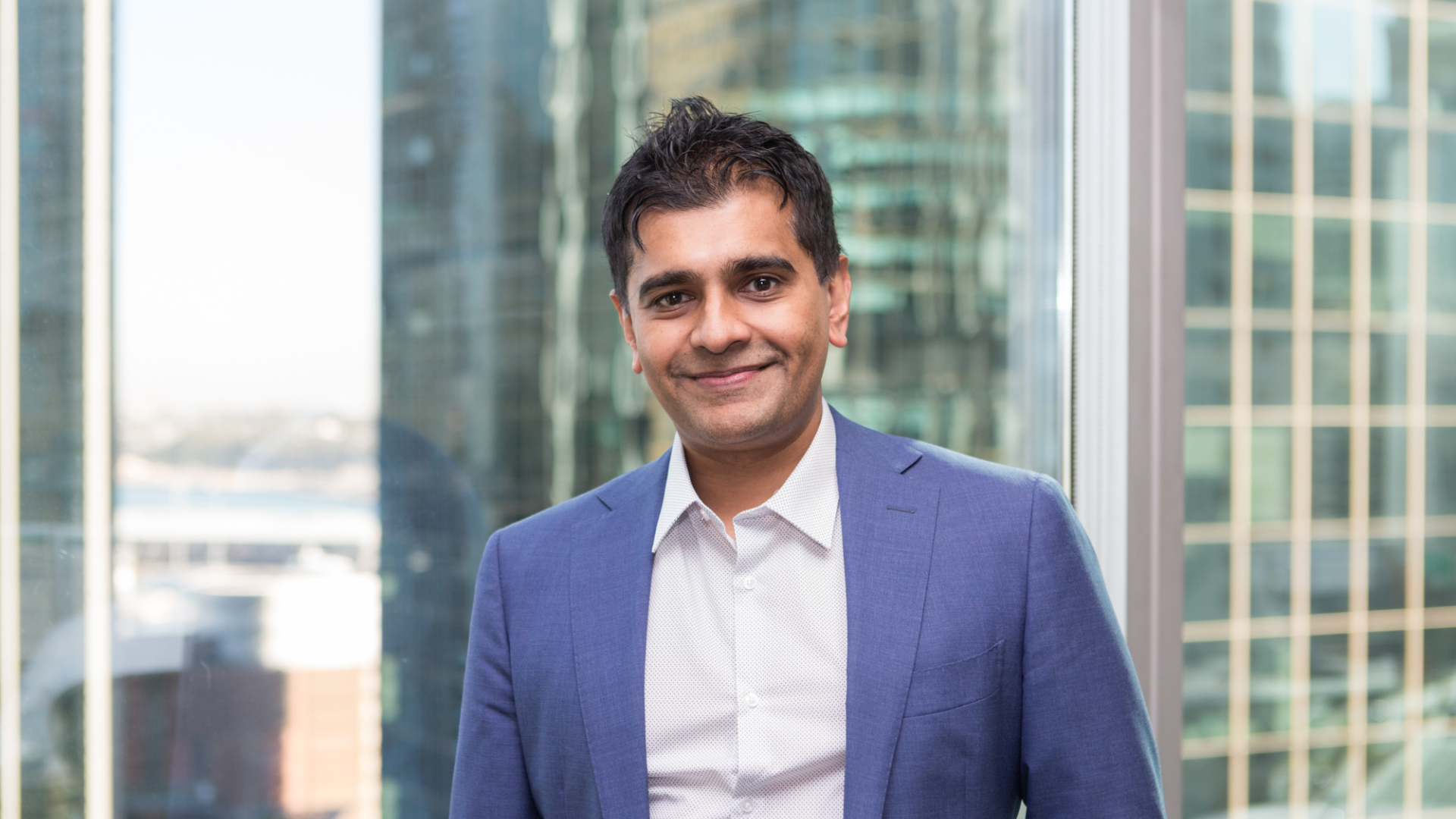Family offices playing key role in explosive growth of evergreen funds
Family offices are expected to help drive a four-fold global growth in the use of evergreen funds investing in private equity and credit to nearly $AU65 trillion over the next decade, according to Hamilton Lane, a US-based alternative investment company with about $AU1.6 trillion under management and supervision.
The funds, which account for about five per cent of private market allocations, are expected to grow at an annual rate of 30 per cent, or nearly three times the current annual growth, according to its analysis.
Hamilton Lane says $1 invested for 10 years in private equity would have generated a return of $3.96 compared with $3.51 in the S&P 500 index and about $2.13 in private credit.
“Performance and diversification are driving demand,” says Scott Thomas (pictured), Hamilton Lane’s head of private wealth for Australia. Private equity has under performed over the past 12 months.
Hartley Rogers, executive co-chairman, says there have been 415 evergreen funds launched in the seven years to 2023 as performance topped global listed market benchmarks.
Evergreen funds are designed to operate indefinitely, unlike venture capital or private equity funds that have a set term, which means they can continuously recycle capital and reinvest profits.
Their perpetual structure can complement the long-term, inter-generational horizon of family offices because they allow for ongoing capital contributions and redemptions that can better suit cash-flow requirements.
Family offices are a private wealth management operation for a high-net-wealth individual or family that manages financial, investment, legal, tax, estate and philanthropic affairs.
According to the consultancy KPMG, there are about 2,000 family offices in Australia, a 150 per cent increase in the past decade. They are estimated to manage around $AU500 billion.
Hamilton Lane’s analysis shows the US high net worth sector currently has about one per cent allocated to evergreen structures. There was no data on the exposure of Australian investors to the sector.
“If that percentage rises to five per cent, or six per cent, over the next 10 years, then the 20 per cent overall share of private markets would be achieved,” Thomas says.
A recent global survey by the company found that nearly one-in-three advisers plan to allocate 20 per cent or more to the asset class, while another 29 per cent plan to allocate 10 per cent or more – a 15 per cent increase over 2024. The survey included Australian advisers.
The rapid growth of evergreen funds is expected to outpace traditional rivals over the next five years, leading to lower fees and squeezing out closed-end fund competitors, he says.
“The growth of evergreen funds will result in the largest private markets firms getting larger and smaller private markets firms struggling to get any market share.”
Rogers also expects a new generation of evergreen funds to emerge that will provide increasingly more diverse and sophisticated range of investment options, similar to the development of the exchange traded fund sector.
They can invest in asset classes ranging from private equity, including buyouts and direct investments in private companies, through to venture capital and real assets, such as real estate and infrastructure.
Rogers says periods of high volatility and cheaper asset prices, such as during the Global Financial Crisis or the dot-com bubble burst of 2000, have been good for private equity.
But the jury remains out on whether the current turmoil caused by US President Donald Trump over the imposition of trade tariffs is comparable to those events. “Wish I had a crystal ball,” he says. “I cannot see the political benefit (for Trump) of causing a recession.”
Financial advisers warn diverse investment structures, particularly with high exposure to private equity, can face liquidity problems, difficulties valuing the assets and benchmarking performance, particularly where there is a mix of liquid and illiquid assets.










